Note; All products on this site are special products, the market price has been fluctuating, the specific customer service offer shall prevail, because the product is a new product, the picture is not a real shot, please confirm with customer service before placing an order model and product, price and other details, the site used, new are for sale, please contact customer service communication. The
LCNP4E 51405098-100 is a critical communication interface component in
Honeywell industrial automation control systems. It is mainly used to connect the Local Control Network (LCN) to other external devices or subsystems, enabling efficient data interaction and collaborative control.
As a core connection unit of Honeywell's Distributed Control System (DCS), this interface card is widely applicable to large-scale industrial automation scenarios in industries such as petrochemicals, electric power, metallurgy, and smart manufacturing. It can be seamlessly integrated into classic control systems like Honeywell TDC 3000, providing stable and reliable hardware support for signal transmission, command issuance, and data acquisition between systems. This ensures the precise regulation and efficient operation of industrial production processes.
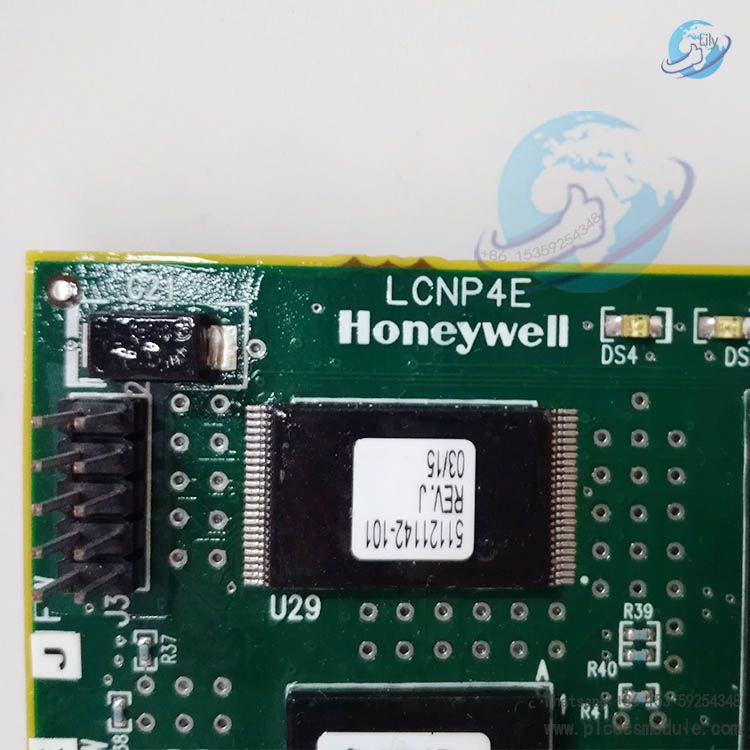
As a dedicated interface card for the LCN network, the LCNP4E 51405098-100 can be directly connected to the Honeywell LCN bus. It supports the standard communication mechanism of the LCN network and can establish stable connections with operator stations, engineer stations, historical data stations, and other control units (such as PM controllers) on the LCN, enabling bidirectional transmission of control commands and production data.
It features multi-protocol compatibility and can communicate with third-party devices or subsystems through specific interfaces (e.g., RS-485, Ethernet, etc., depending on actual hardware configuration). For example, it can connect to PLCs (Programmable Logic Controllers), intelligent sensors, actuators, or automation control systems of other brands. This breaks down communication barriers between different devices and realizes the integrated integration of industrial control networks.
It supports a relatively high communication rate (for typical rates, refer to Honeywell's official hardware specifications; it generally adapts to the default transmission rate of the LCN network to ensure low data transmission latency). It can transmit analog quantities, digital quantities, status signals, and control commands in real time, meeting the requirements for data real-time performance in industrial on-site scenarios and avoiding control deviations caused by communication latency.
It can convert and adapt input and output signals in different formats. For instance, it converts non-standard signals output by external devices into standard signals recognizable by the LCN network, and simultaneously converts control commands issued by the LCN network into signal types that external actuators can respond to. This ensures the accuracy and compatibility of signal transmission.
It has a built-in data caching unit that can temporarily store transmitted data, preventing data loss caused by network congestion or excessive instantaneous data volume. At the same time, it is equipped with a data verification function, which detects errors during data transmission through mechanisms such as CRC (Cyclic Redundancy Check) to ensure data integrity and reduce production risks caused by data errors.
It monitors the operating status of itself and connected devices in real time, such as the on-off status of communication links, signal strength, and equipment faults. It then feeds back the status information to the upper computers (e.g., operator stations) of the LCN network, which display the information intuitively through indicator lights or software interfaces. This allows operation and maintenance personnel to promptly grasp the equipment operation status and quickly troubleshoot faults.
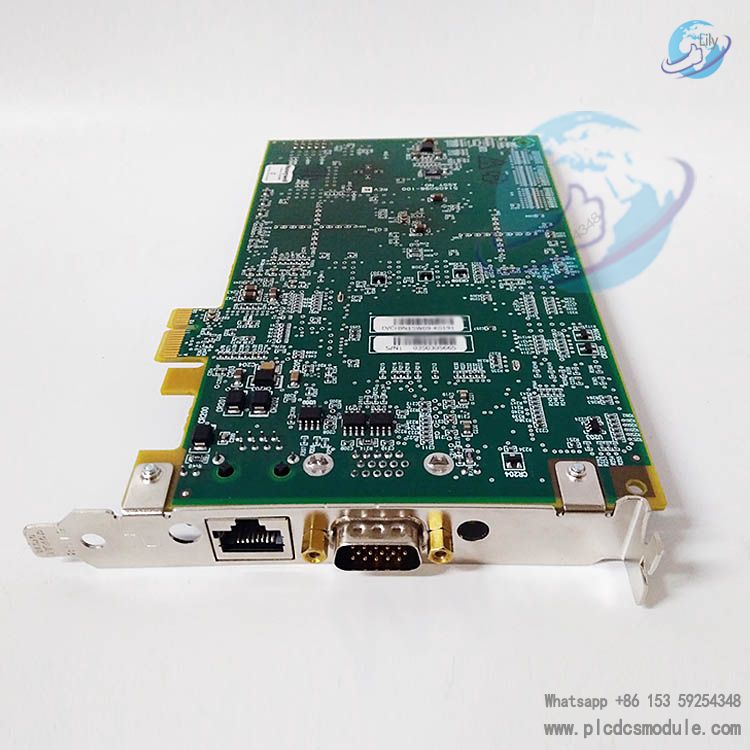
It adopts Honeywell-customized industrial-grade chips, resistor-capacitor components, and connectors. All components undergo strict burn-in testing (high-temperature 85℃ and low-temperature -40℃ cycle testing) and reliability screening. It has a long Mean Time Between Failures (MTBF), which reduces the risk of equipment downtime and ensures the continuity of industrial production.
Some configurations support redundant functions (such as dual power supply redundancy and communication link redundancy). When the main interface card or main communication link fails, the backup unit can switch seamlessly to ensure uninterrupted communication. This makes it suitable for critical production links with extremely high requirements for system reliability (e.g., control of large-scale oil refining and chemical plants, thermal power units).
It is equipped with a comprehensive Built-In Test (BIT) circuit, which can real-time monitor key parameters such as power supply status, communication links, and chip operating temperature. In case of faults (e.g., power supply abnormality, communication interruption), it can automatically trigger an alarm (via indicator lights or upper computer prompts) and activate a protection mechanism (e.g., cutting off abnormal output) to prevent the fault from escalating.
It is perfectly compatible with classic DCS systems such as Honeywell TDC 3000 and can directly replace old interface cards of the same series (e.g., other models in the LCNP series). No modifications to the system hardware layout or software configuration are required, which reduces the upgrade cost of aging equipment and extends the service life of existing control systems.
It supports a variety of industrial standard communication protocols (e.g., Modbus RTU/TCP, PROFIBUS-DP, etc., subject to official specifications). It can achieve interconnection and intercommunication with PLCs, sensors, and actuators of brands such as Siemens and Schneider, facilitating users to build diversified industrial control networks.
Reserved expansion interfaces (such as additional communication ports or module slots) allow for increasing I/O points or expanding communication links according to production needs. This meets the requirements of expanded on-site control scale or process upgrading in industrial settings and improves the flexibility and expandability of the system.
It adopts a standardized mechanical structure and interface design. No special tools are needed during installation—only wiring and fixing need to be completed in accordance with the official manual to quickly integrate it into the existing control system, shortening the project commissioning cycle.
Some models support the hot-swappable function, allowing faulty interface cards to be replaced directly while the system is in operation. There is no need to shut down the entire control system, which reduces production downtime caused by equipment maintenance and improves operation and maintenance efficiency.
The board panel is equipped with multiple LED indicator lights (e.g., power light, communication light, fault light), which can real-time display the working status of the interface card (e.g., normal power supply, normal communication, fault alarm). Operation and maintenance personnel can quickly determine the equipment status through the indicator lights, reducing the difficulty of fault diagnosis.
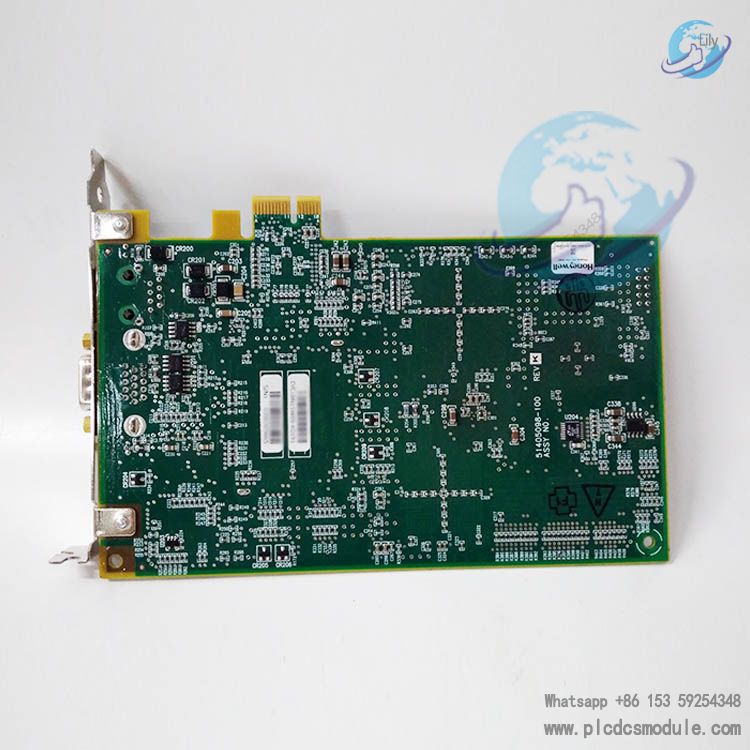
It is used to connect the LCN network with on-site control units (such as temperature, pressure, and flow sensors/actuators for reactors and distillation columns), transmitting process parameters and control commands in real time. This ensures precise control of the refining and chemical processes (e.g., adjustment of feed rate for catalytic cracking units, temperature control of fractionating columns), improving product quality and production efficiency.
At oil and gas field extraction sites, it connects the LCN network with wellhead pressure monitoring equipment and oil pipeline flow control valves, enabling remote monitoring and control of the extraction process. Meanwhile, it transmits data to the central control room, allowing managers to grasp the production status in real time and ensure the safety of oil and gas extraction and transportation.
Integrated into the DCS system of thermal power units, it connects the LCN network with control units of steam turbines and boilers (such as steam pressure sensors and feedwater pump frequency converters). It collects unit operation parameters (e.g., turbine speed, boiler water level) in real time and issues control commands (e.g., adjusting the opening of steam inlet valves, controlling feedwater volume), ensuring stable power generation of the units. It is compatible with mainstream thermal power units such as 300MW and 600MW.
In the centralized control systems of photovoltaic power stations and wind farms, it connects the LCN network with equipment such as inverters and combiner boxes. It collects data such as power generation output and grid voltage, and simultaneously transmits dispatching commands to on-site equipment, realizing efficient management of new energy power generation and grid-friendly connection.
It is used for the control of production processes such as blast furnaces and converters. It connects the LCN network with blast furnace top pressure sensors and converter oxygen lance control mechanisms, transmitting process data (e.g., furnace temperature, furnace pressure) in real time and controlling the operation of production equipment. This ensures the stable progress of steel production and reduces energy consumption and raw material consumption.
In automated production lines, it connects the LCN network with production line PLCs, robots, and intelligent sorting equipment. It realizes centralized collection of production data and unified issuance of control commands, improving the automation level and production efficiency of the production line and meeting the equipment collaboration requirements of smart manufacturing.
Customers who purchased this product are also browsing the following products:
HONEYWELL LG1093AC01 Flame Detector
Honeywell FC-SDO-0824 Safe Digital Output Module
Bentley Nevada 3500/77 143737-01 Cylinder pressure module
METSO PDP403 Distributed Processing Unit
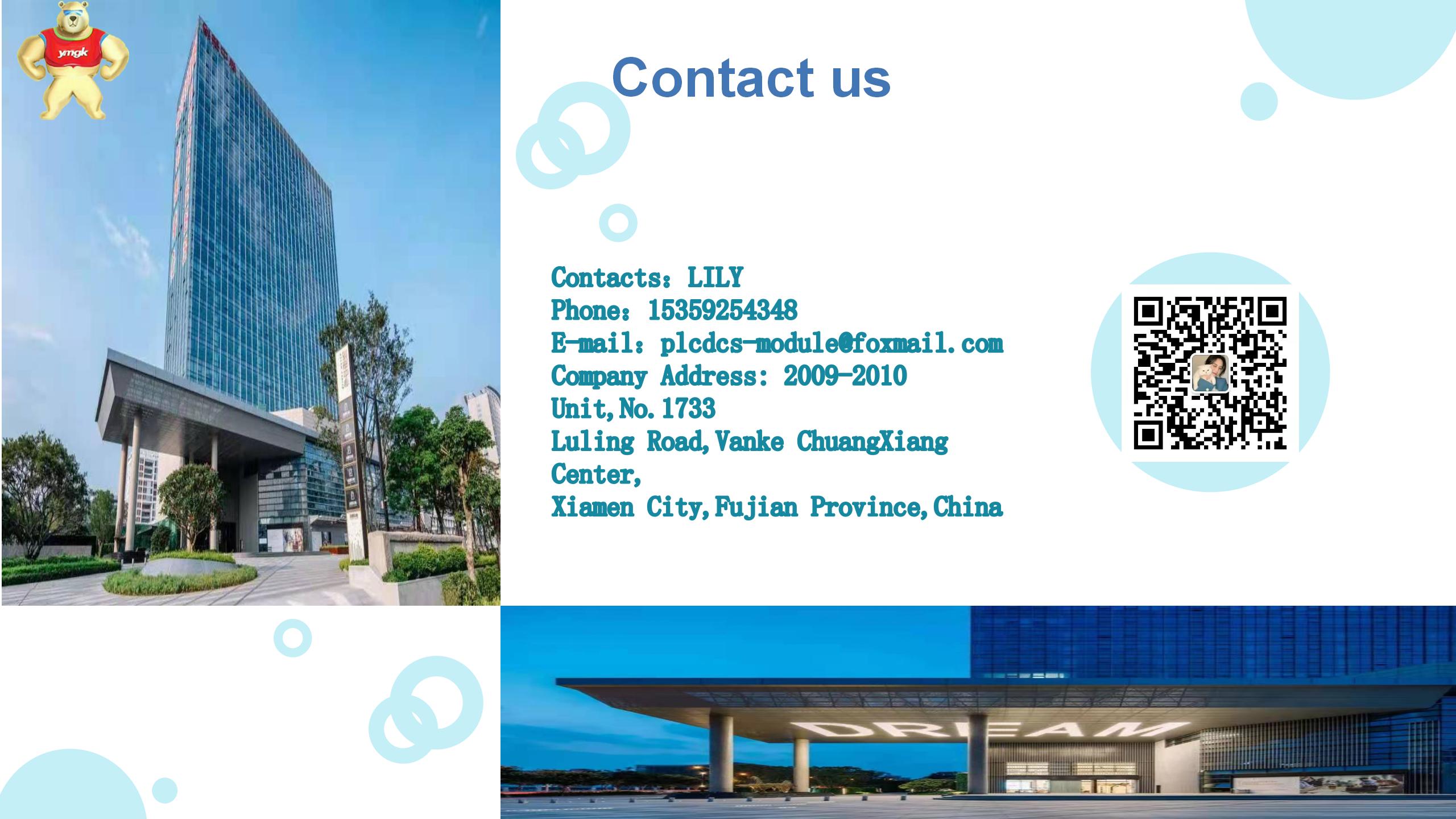








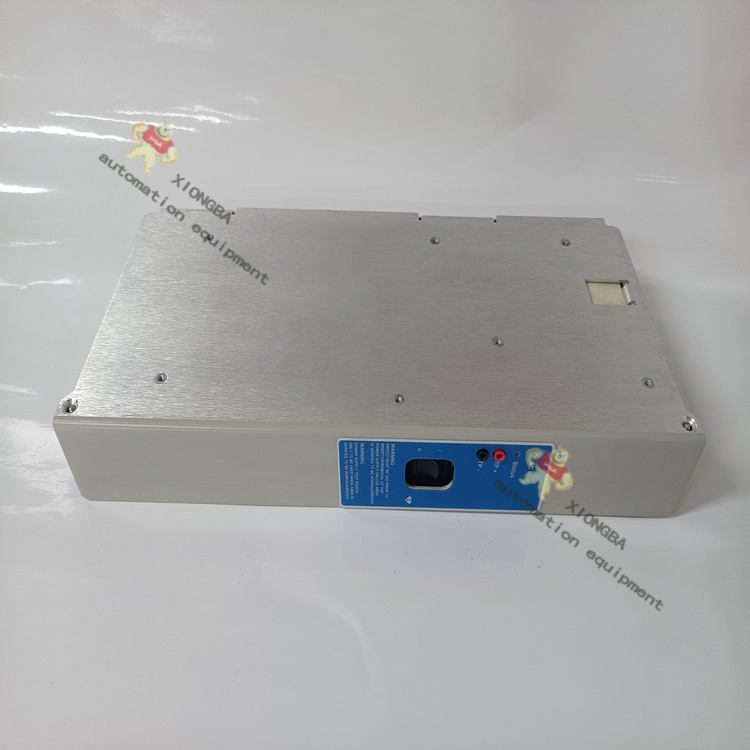
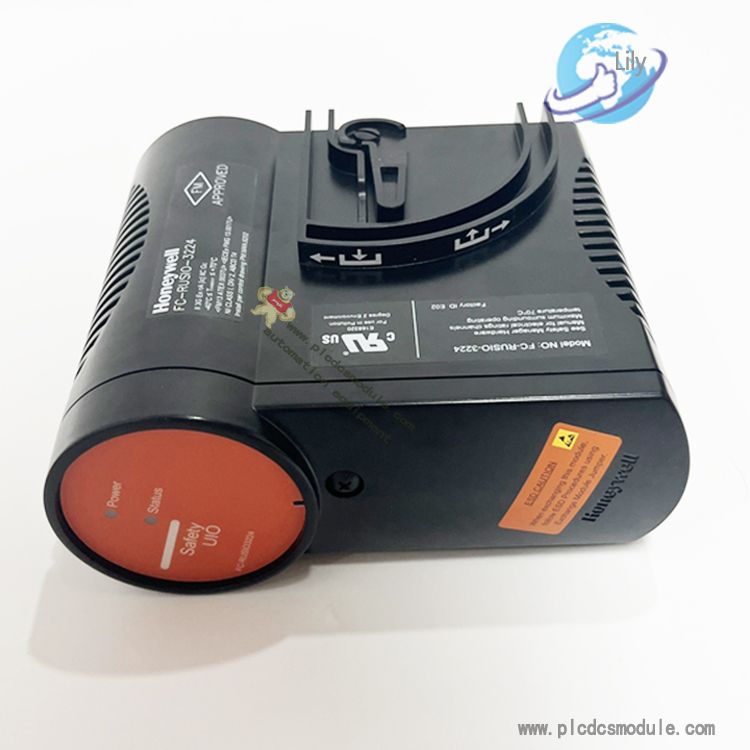
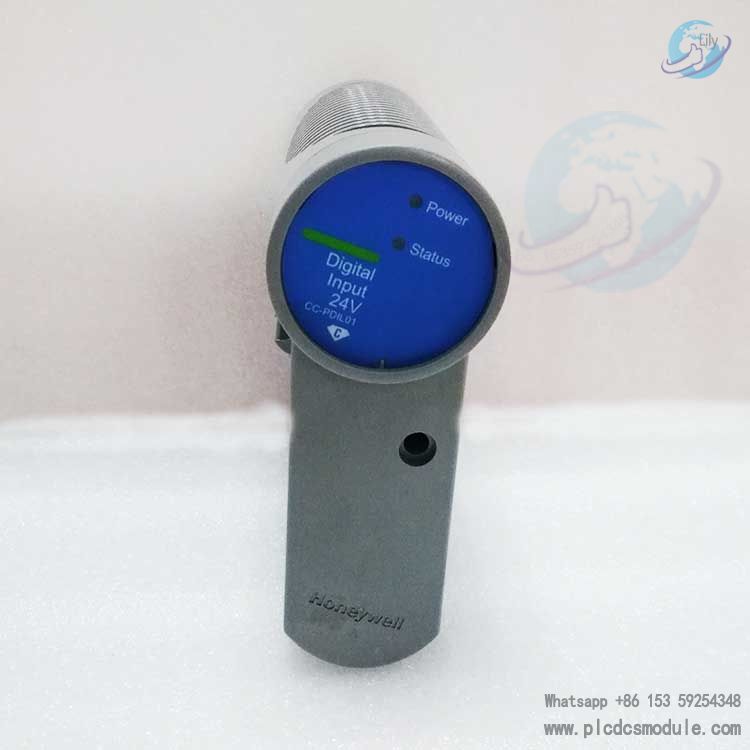
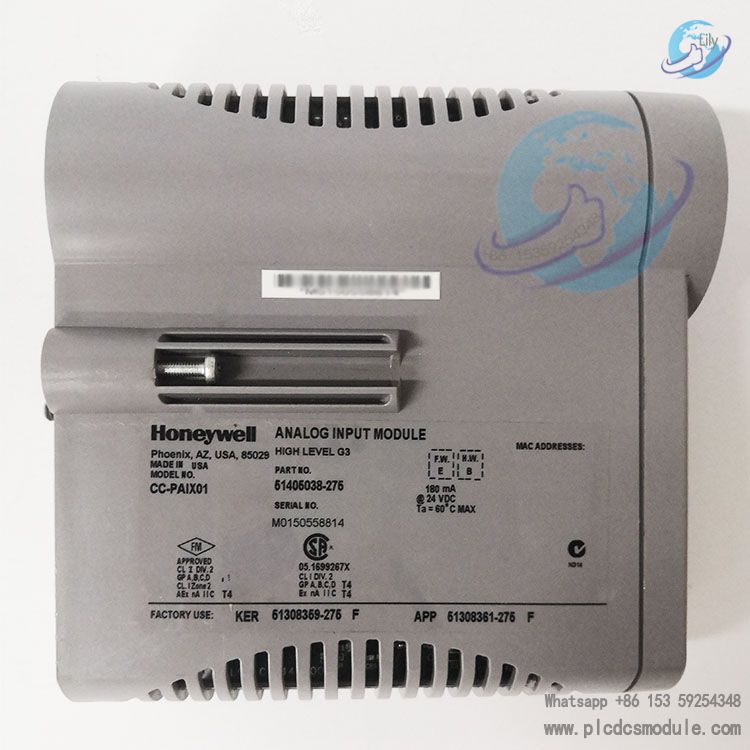


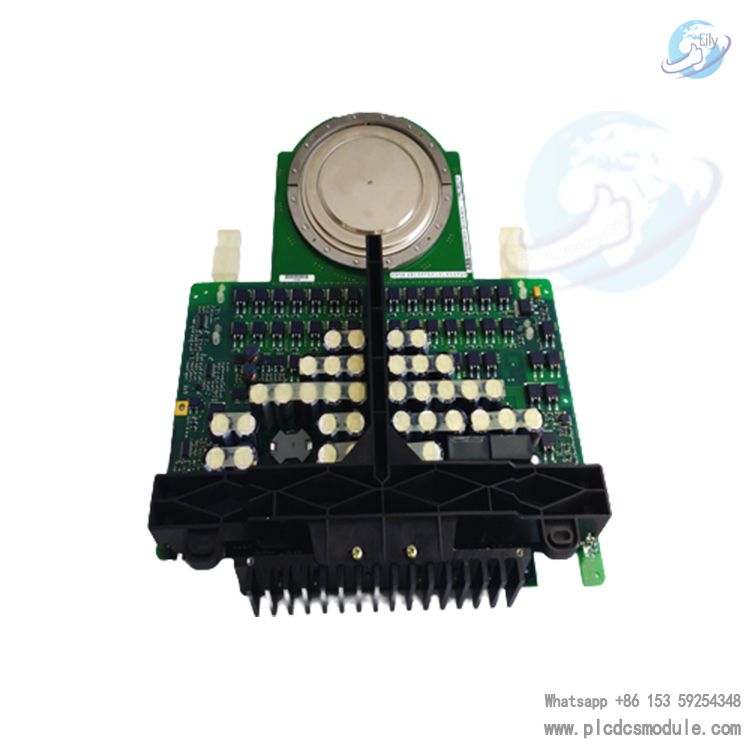
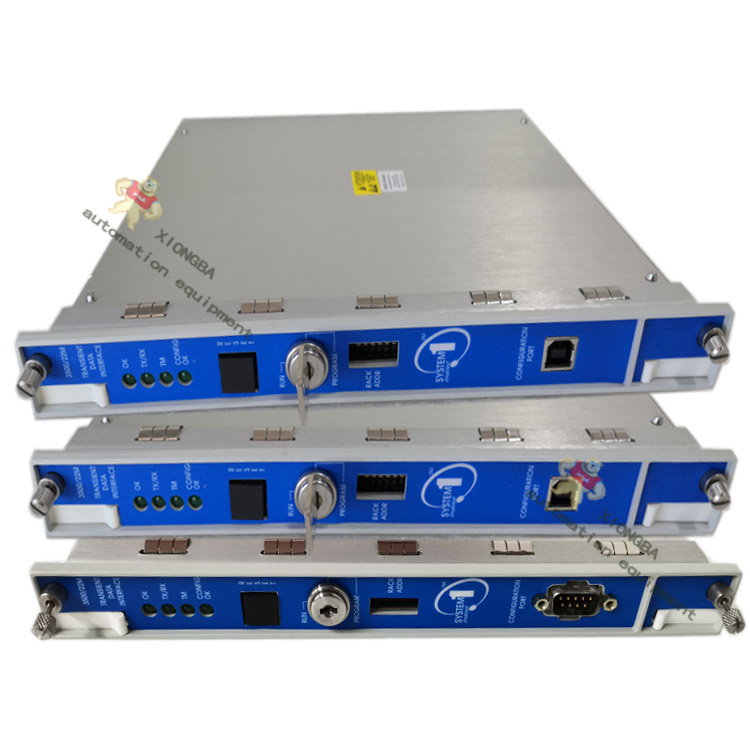
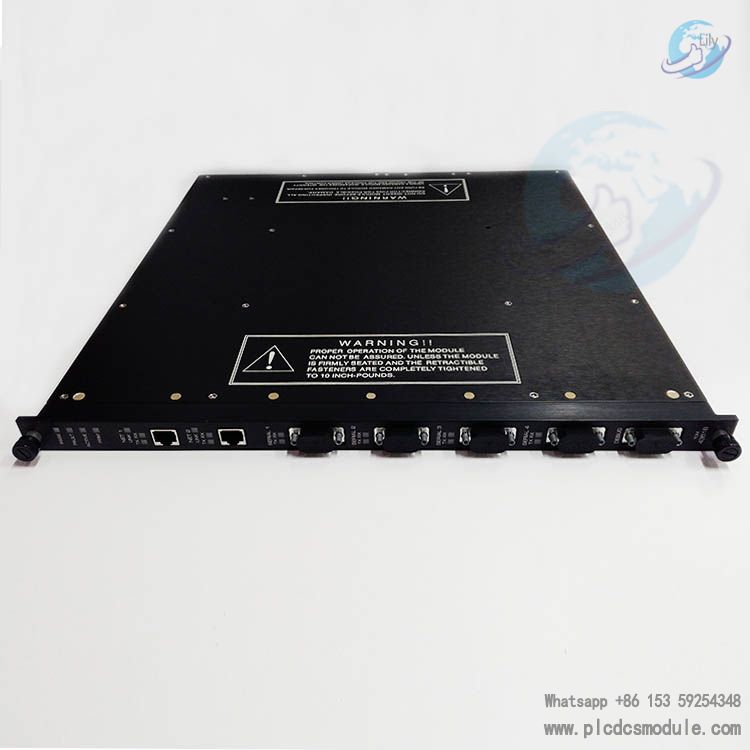
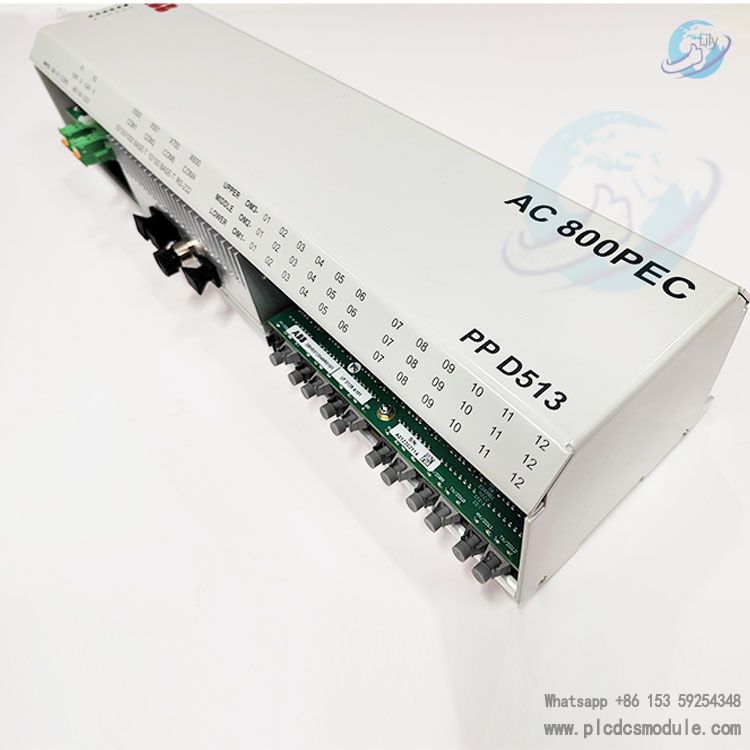
 3005319639
3005319639